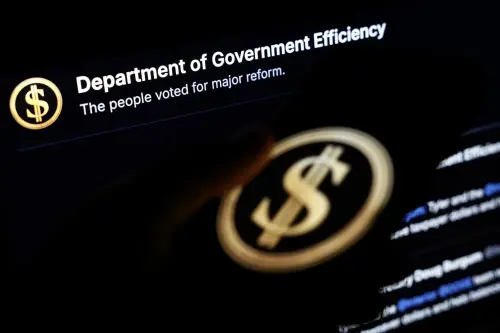Editor’s Note: In an interview with KNPR, Steven Pifer talks abut nonproliferation and arms control, ways to reduce the nuclear threat, U.S. legitmiacy in the international community and his new book with Michael O’Hanlon, The Opportunity: Next Steps in Reducing Nuclear Arms. Read an excerpt below and listen to the full interview online.
KNPR: In the 1960s, we, the United States, had over 30,000 warheads stockpiled and the number has been cut by about five-sixths, so where have all those weapons gone?
Steven Pifer: A lot of the weapons have been dismantled or eliminated. But we still have in the U.S. inventory now about 5,000 nuclear weapons. And there are probably several thousand others under the Department of Energy’s custody that are just waiting for a guy with a screwdriver to take them apart.
KNPR: So I guess even though we’ve reduced it by so much I find myself thinking okay, what are we going to do with 5,000 nuclear warheads? Why do we need that size stockpile?
Pifer: It’s one of the arguments we make in the book – we think that in 2013 there’s an opportunity to reduce the nuclear threat further. As a general rule we would argue that the fewer the number of nuclear weapons that can reach the United States, the better it is for America – it makes America safer and more secure. Moreover, there’s an opportunity to save money. We’re on this verge of having to make decisions about replacing our ballistic missile submarines, our heavy bombers, and our intercontinental ballistic missiles at a time when there’s a big budget crunch. So if you can have another arms agreement that brings the numbers down that’s going to result in some significant cost savings. And that money can go toward either reducing the deficit or to military operations the military is much more likely to conduct than thermonuclear war. And the other reason is that it will burnish our credentials in the nonproliferation area. The United States and Russia today hold about 95 percent of the nuclear weapons in the world. If we’re not seen as reducing those weapons it makes it harder for us to argue to other countries that you shouldn’t acquire weapons or for us to mobilize pressure by countries – for example, to apply additional sanctions on Iran or North Korea.
KNPR: You say burnishing credit; I gather we need some credit burnishing.
Pifer: We wouldn’t have credibility, and what you don’t want to have is a situation where a country can say, oh, why are you asking us to reduce our weapons or to pressure Iran against getting nuclear weapons, but the United States has half the nuclear weapons in the world virtually? If the United States and Russia are seen as actively reducing those stockpiles, we’re going to have greater diplomatic credibility. That won’t change what goes on in North Korea or Iran in terms of their decision making, but what it does do is it gives us greater ability to get third countries to apply sanctions and other pressures and try to keep the pressure on Iran or prevent another country from going down the nuclear weapons route.
KNPR: 5,000 warheads at this point, what’s the optimal number? For defensive purposes, how many would we need?
Pifer: I’m not sure. In the book we argue that the next step ought to be to reduce U.S. and Russian arsenals down to about 2,000 to 2,500 nuclear weapons each. And that’s counting not only what the New START counts, which is deployed strategic weapons, but we would also count tactile weapons and non-deployed weapons. So for the first time you’d bring all nuclear weapons into the mix. That would be about a 50 percent reduction from where the United States is today. But it would still leave the United States and Russia with seven to eight times the nuclear weapons as the nearest third country that is a nuclear power.
The Brookings Institution is committed to quality, independence, and impact.
We are supported by a diverse array of funders. In line with our values and policies, each Brookings publication represents the sole views of its author(s).



Commentary
Future of Nuclear Weapons Policy
October 8, 2012